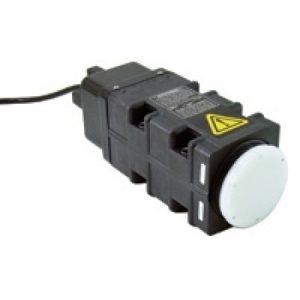
The pandemic has given baseball enthusiasts plenty of time to practice their pitches and swings. But batting at home can cause some minor accidents, no matter how skilled you are.
Take Joe Kelly, for example. The MLB pitcher had a home mishap when he was practicing his pitch in the backyard. He threw a changeup but the ball turned and went through the window.
If you’re planning to work on your game during this downtime, it’s a good idea to set up a batting cage at home. It allows you to pitch and bat as hard as you can without causing a Joe Kelly incident. You can bust out your Stalker radar gun and improve your off-speed pitches, hitting power, and fielding arm strength.
Here’s an easy-to-follow guide to building a batting cage at home.
Initial Steps
You can order a frame kit with all the pieces, parts, and the net included. This is the easiest way to set up a batting cage, although it can get expensive. It’s a good option if you want a permanent cage since the materials in the kit are high-quality and will last for years.
A DIY batting cage is more affordable. Plus, you can customize it according to your preferred size.
First, determine the best area to construct your cage. The space must be at least 25 feet long and 8 feet wide. The ground should be even and free from obstructions. If you want to practice hitting pitches from farther away, you need a bigger area.
Next, choose your materials. You can use galvanized steel poles, PVC pipes, or wooden posts for the skeleton of the cage. The posts should be 13 to 15 feet tall. You also need nylon netting. The netting squares should be small enough that the ball won’t go through them.
Directions
- Mark the size of your batting cage by setting up the support posts. The cage should have a support post on each side every 12 to 14 feet. A 40-foot-long cage needs three posts on each side.
- If you’re building your cage outside, secure two to three feet of the posts with concrete. For indoor cages, attach the posts with post bases, then secure them onto the floor.
- Screw an eye bolt every 3 feet of each post if you’re using galvanized steel or wooden poles.
- Drape the netting over the top of the poles. Don’t stretch the net too lightly. It has to be loose so that it stops the ball instead of bouncing it back.
- Clip the netting to the posts by tying them to the eye bolts. If you’re using a PVC pipe skeleton, switch out the eye bolts for cable ties. Zip tie the netting to the pipes every few inches.
- Secure the netting to the ground to prevent balls from rolling underneath.
Don’t pitch to a hitter inside the cage. Unless you have a pitcher’s screen, use a pitching machine when practicing your batting.
Improve Your Baseball Game While in Quarantine
Invest in high-quality baseball training equipment if you want to get quality practice down like the pros during the pandemic. Radar Sports, LLC carries a wide range of baseball equipment and accessories, from radar guns to batting cage kits. We also have a variety of products for other sports, including tennis, soccer, and more.
Visit our online store today to get the equipment you need.


